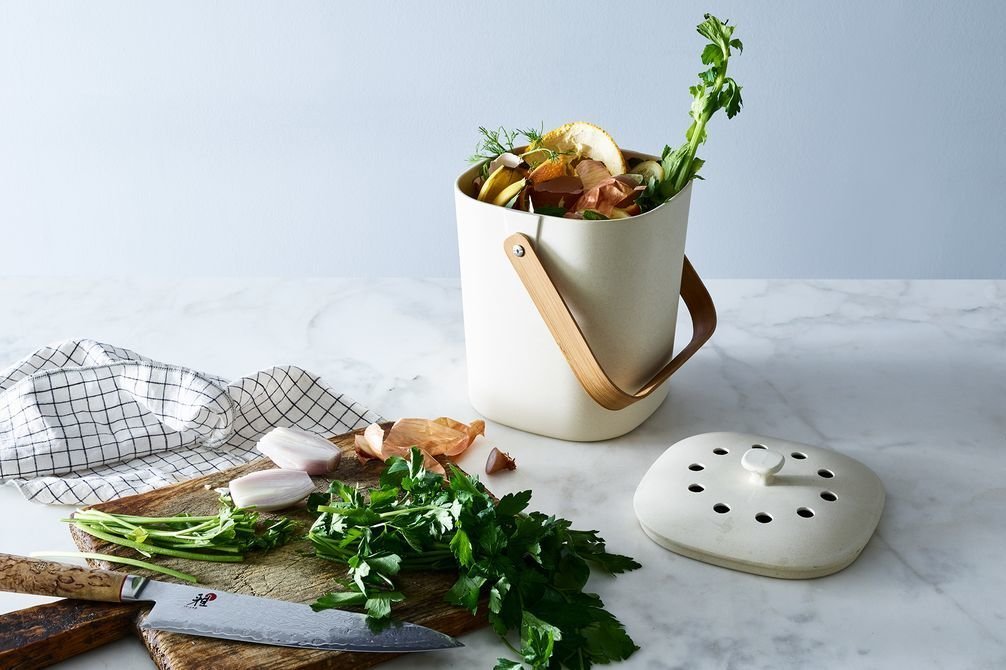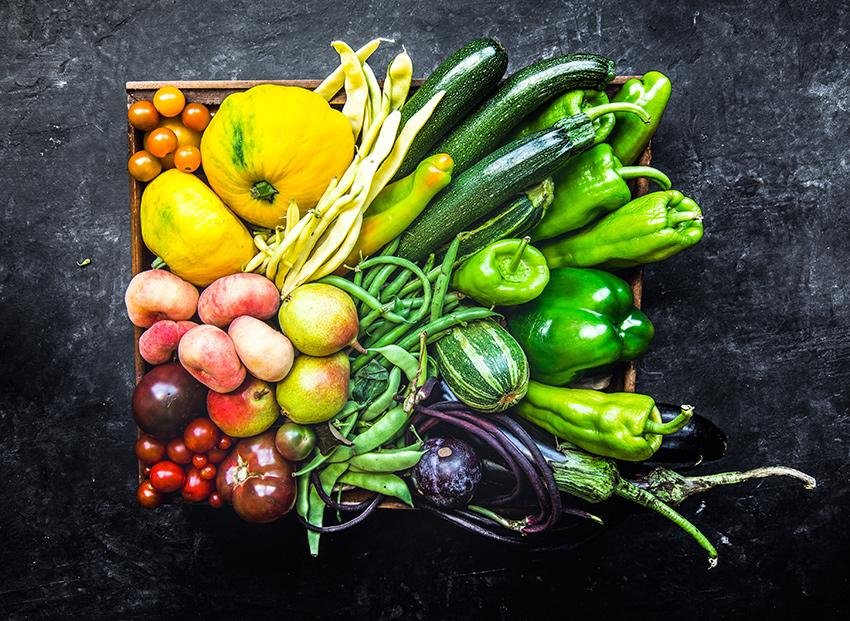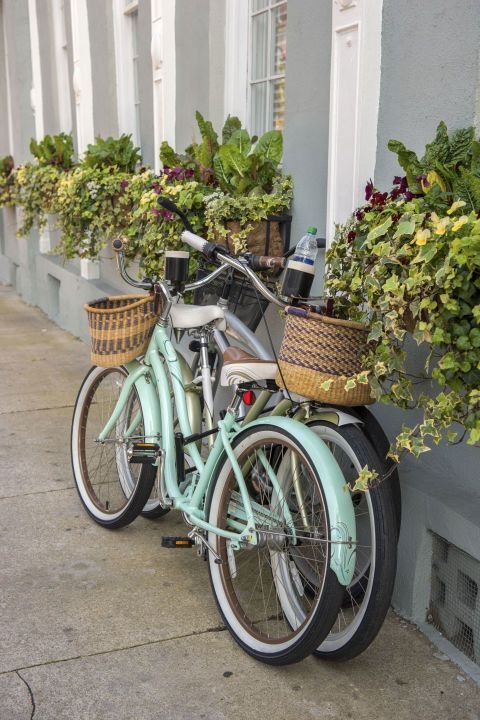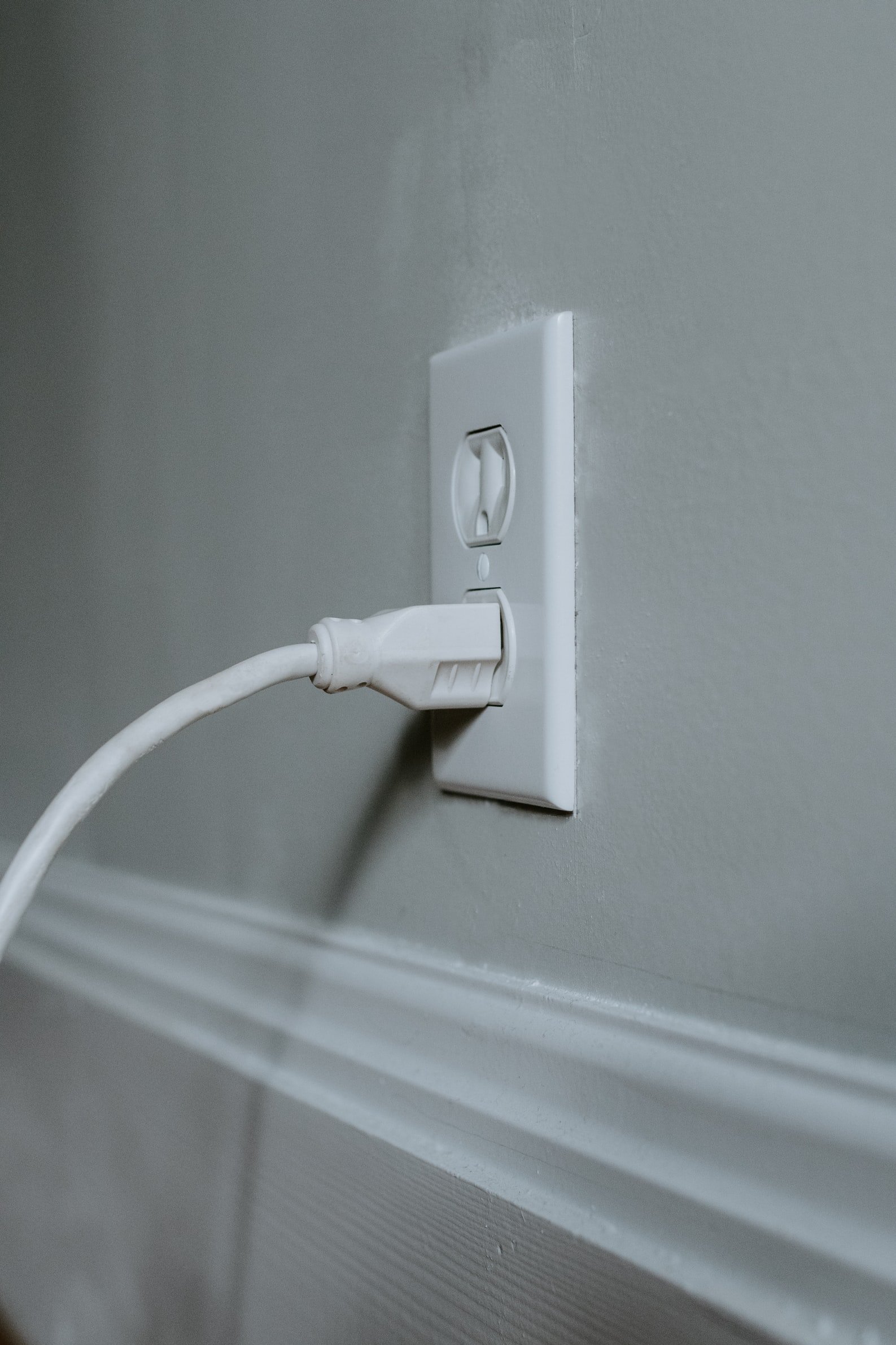10 Simple Ways to Create a More Eco-Friendly Home and Lifestyle
Are you looking to adopt eco-friendly living? There are many changes you can make to your home, large and small, to create a healthier home and one that is more friendly to the planet.
If you’re skeptical, you don’t need to make any drastic changes to your lifestyle, making just a few simple changes can go a long way. A good way to start is to be mindful of the ways you may have a negative effect on the environment that you’re not even aware of. Keep reading for our tips for a greener home.
Architectural Digest
Incorporate Plants Indoors and Outdoors
A simple first step is to add more plants and greenery to your interior home decor. Not only do they look great, but they help clean the air by turning carbon dioxide into oxygen, and have been shown to have positive psychological effects. These include boosting mood, creativity, and lessening stress - overall making your home happier and healthier!
Check out our tips on creating a stunning indoor garden.
When making your home more green think about your outdoor space, gardening is a great way to reduce your use of store-bought produce, which helps cut back on emissions from transportation of goods to local stores.
Using native plants in your yard is a great way to have a landscape that is eco-friendly and with lower maintenance - saving water and helping restore natural habitats.
Cafe Appliances
Upgrade to Energy Star Appliances
Ditch your old wasteful home appliances for more environmentally friendly ones. Energy Star certified products meet strict energy-efficient standards set by the U.S. Environmental Protection Agency.
Energy-efficient products have a double win, not only are they are easier on the planet, but they also help save energy costs. So you’ll be glad you made the switch when it comes time to pay the bills.
From your kitchen appliances, laundry, heating and cooling, water heaters, lighting, electronics, and more there are plenty of Energy Star options.
A few other tips for a more energy-efficient home - are to get in the habit of running your dishwasher overnight and only when it’s full. Try doing your laundry on cold settings, and swap out all your light bulbs for LED ones.
All these simple adjustments help save water and energy.
Star Bright Farm
Cut Back on Single-Use Items
Though it’s easy to overlook the impact, single-use items cause a lot of waste. The US is the leading global contributor to plastic debris. Those items that we use only once and throw away sit in landfills and end up in natural ecosystems causing harm to wildlife. A staggering 10 million tons of plastic waste reaches oceans each year (Seed Scientific).
There are plenty of ways you can reduce your use of these harmful products. We have a few recommendations below:
Use cloth towels, napkins, and rags over paper products.
Opt for tote bags for shopping rather than using the store’s plastic or paper bags.
Avoid single-use plastics like plastic wrap, plastic bags, plastic bottles, and plastic dishes, and cutlery and go for reusable alternatives instead.
Shop local where you can and reduce online shopping to cut back on the use of packaging.
Pottery Barn
Invest in Solid Window Treatments
If you don’t have good window treatments then it may be time to revisit them. Thicker and more solid window treatments help insulate your home and can limit your use of cooling and heating. Again like energy-efficient products, these are another investment that is a double win for the planet and your wallet.
Get in the habit of being mindful of your thermostat. Ask yourself - do you need the AC on when you can open some windows instead? Can you put on a sweater rather than turn on the heat? Obviously, you shouldn’t make everyone in your home uncomfortable - just be mindful of your use.
Smart thermostats and meters can also help you regulate your energy use.
Dwell
Start Compost and Recycling Bins
Another area you can be conscious of is your food waste. Experts estimate that food waste contributes to up to 10% of greenhouse gas emissions (UNEP). How you may wonder? Food scraps that sit in landfills break down releasing methane gas, which is much more harmful to the environment than carbon dioxide.
To reduce your food waste consider starting a compost bin. Composting has numerous environmental benefits including soil enrichment which lessens the need for chemical fertilizers. For more, the EPA has tips on getting started.
Another way you can reduce product and materials waste is to recycle. However, you might think all paper, plastic, aluminum, and cardboard products are recyclable which is not the case. Recycling the wrong types of products can contaminate the entire bin doing more harm than good. Check out some recycling best practices to make sure you’re recycling correctly.
NY Mag
Use Environmentally-Friendly Cleaning Products
Many of the products we use to clean our homes, wash dishes, and do laundry have harmful chemicals that end up in our lakes, rivers, and oceans. Even though our water is filtered through water treatment plants, these chemicals still have negative effects on the environment and its biodiversity (Science Focus).
Do your part, by switching to eco-friendly household cleaning products that use more natural ingredients without harsh chemicals.
The Farm on Wheels
Eat Less Meat and Cook at Home More Often
If you’re already a vegetarian or vegan then you’ve got this covered. But for our carnivores out there, cutting back on your meat consumption can have a significant effect on the environment and your health.
Livestock agriculture contributes to about 10% of greenhouse gas emissions in the US (EPA). This doesn’t mean you need to stop eating meat altogether but just cutting meat out of your diet say one day a week has an impact.
Though it’s important to support local businesses during this time and going out to restaurants is certainly part of that, by cooking at home a little more often you can control your portions and resulting in less food waste.
Country Living
Drive Less Frequently
It’s been well documented that cars have a negative effect on the planet and transportation is the largest contributor to greenhouse gas emissions in the US (EPA).
Another way you can adopt a more eco-friendly lifestyle is to try driving less. Instead, walk, ride a bike, carpool, or take public transport when possible.
Unsplash
Unplug Those Devices and Turn Off Lights
It may seem harmless, but keeping devices plugging in and turned on when not in use, does waste a lot of energy. The NRDC has reported that the cost of unused devices left plugged in is an annual average of $165 per household. Which adds up to about 44 million tons of carbon dioxide emissions.
Get in the habit of turning off your lights when you leave the house or when you’re not using certain rooms.
It’s easy to leave your computer on all the time but shutting it down each night and unplugging it is a good way to save energy. Also, to unplug multiple devices at once, use power strips and turn them off when your devices aren’t in use. Even when turned off and plugged in those electronics are energy vampires.
House Beautiful










